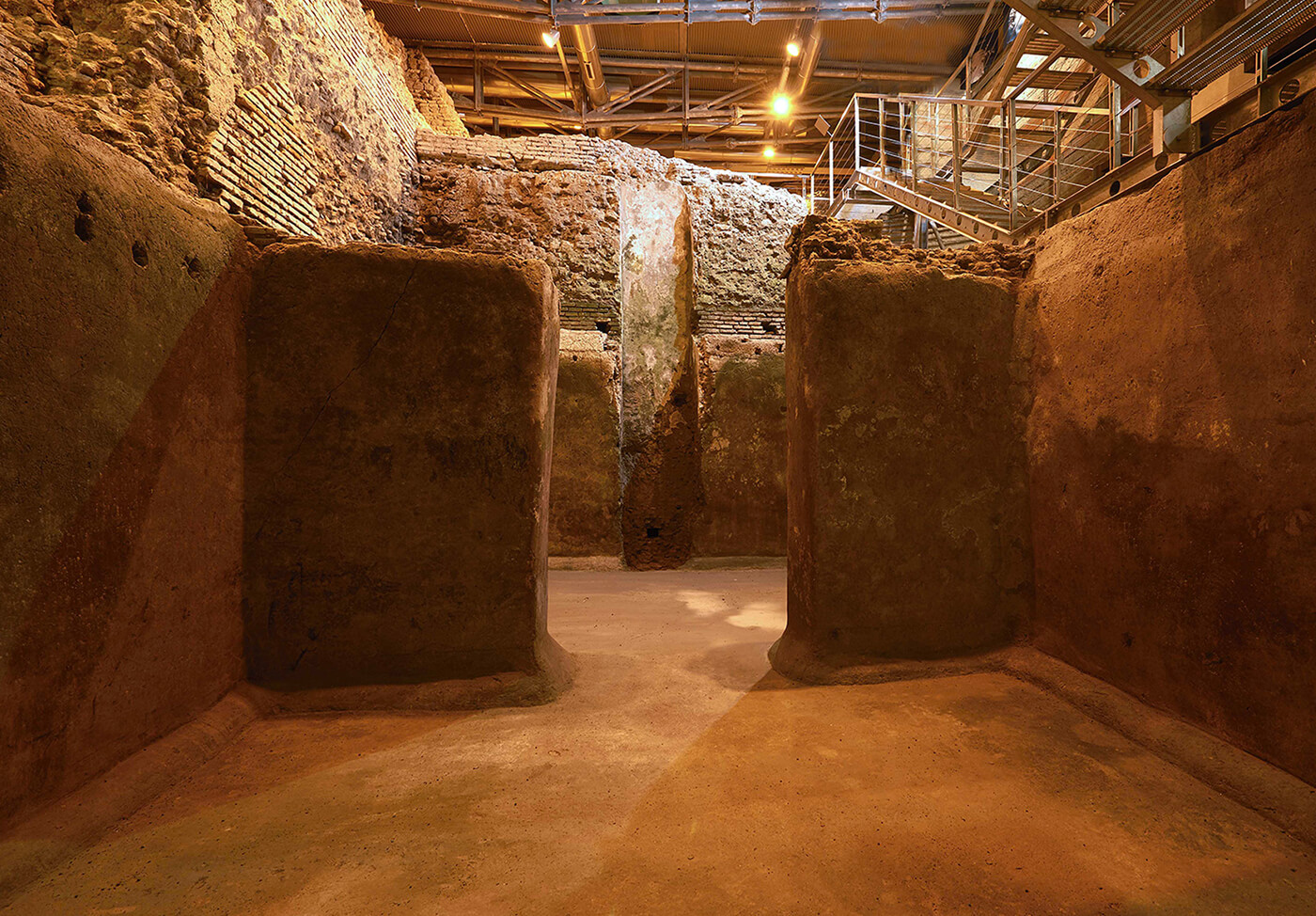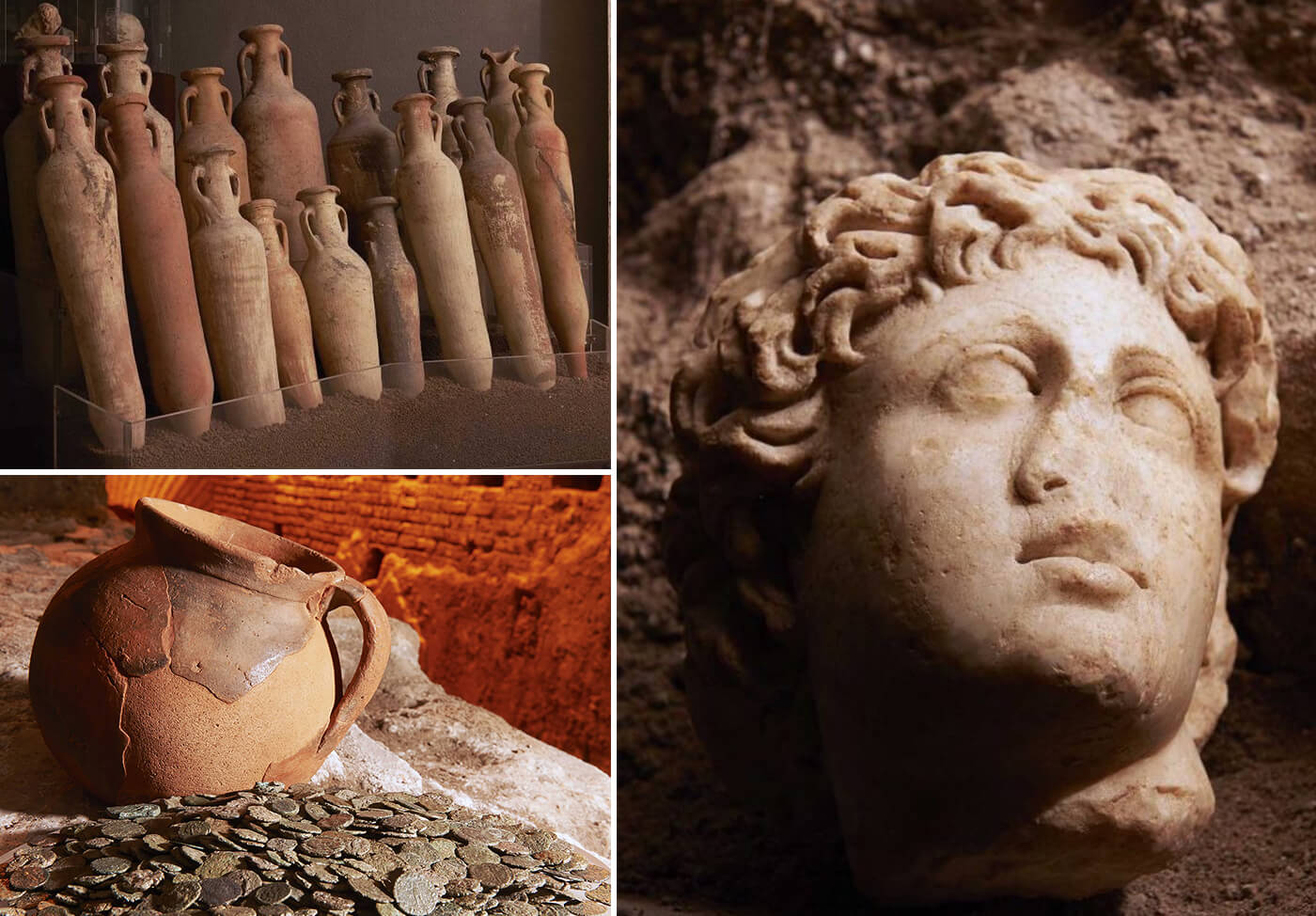
Vicus Caprarius- the City of Water,Italy
Deep beneath Rome, exactly nine meters below the street level of the Trevi neighborhood, lies one of the most important secrets of the imperial era. Just a short distance from the Trevi Fountain underground area, the Vicus Caprarius was unearthed in 1999, following a renovation of the Trevi cinema. This is an extraordinary archaeological site which holds the remains of a vast building complex, an ancient popular complex later transformed into a splendid domus of the ancient Roman bourgeoisie in the fourth century.

The Vicus Caprarius is defined as the "City of Water", and in fact there is an imposing water tank (Aqua Virgo) found inside it which connected to the Vergine aqueduct, one of 11 aqueducts in ancient Rome which is still in operation and which currently feeds into the magnificent Trevi Fountain. During the excavations hundreds of artifacts among the various sections of the site, a series of priceless artifacts, now gathered in a small museum set up within the archaeological area. Various evidence of the different phases this complex had been through can be admired through found artifacts such as amphorae for transporting oil, sculptures, refined marble decorations and over 800 coins.

This hidden underground beauty of Rome which lies under the Trevi Fountain is just one of the precious treasures that the Eternal City offers. Discovering the millenary history and the incredible heritage hidden in the Roman underground is something that not everyone is familiar with. It is a priceless venue meant to be discovered in order to fully appreciate and understand the past of this great and glorious city.
The Vicus Caprarius is located in Vicolo del Puttarello, 25 (Trevi Fountain area) - Rome

"The photos on this site are owned by users or purchased from image banks"
#Archeology
#Museum
You may also like
You may also like
 The Plains of Castelluccio,Italy
The Plains of Castelluccio,Italy
 The natural swimming pool of Marina Serra,Italy
The natural swimming pool of Marina Serra,Italy
 Statua di Decebalo,Romania
Statua di Decebalo,Romania
 Labirinto di Arianna,Italia
Labirinto di Arianna,Italia